
Kamakura Buddha (Kamakura Daibutsu)
The Kamakura Buddha, also known as the Great Buddha of Kamakura, is one of Japan's most revered cultural landmarks. Located at Kotoku-in, a Buddhist temple located in the coastal city of Kamaku...

Kotoku-in is the more common name for Taiizan Kotoku-in Shojosen-ji in Kamakura, Kanagawa Prefecture. This Jodo-shu Buddhist temple is known for its Daibutsu, or great Buddha, which is one of the most famous icons of Japan.
The statue, commonly known as the Kamakura Daibutsu (Big Buddha of Kamakura), is a colossal copper image of the Amitabha Buddha. The Buddha, which was declared a national treasure by the Japanese government, is about 11.3 meters high and weighs about 121 tons.
The Kotoku-in belongs to the Jodo sect, a traditional Buddhist sect founded by the priest Honen (1133-1212) who was a follower of Amitabha. According to the Jodo sect's belief system, all people are equal and one only has to sing the "Nenbutsu" to receive the protection of Amitabha and to be reborn in one's "pure land".
A 5-10 minute walk from Hase Station on the Enoden Railway Line.

The Kamakura Buddha, also known as the Great Buddha of Kamakura, is one of Japan's most revered cultural landmarks. Located at Kotoku-in, a Buddhist temple located in the coastal city of Kamaku...
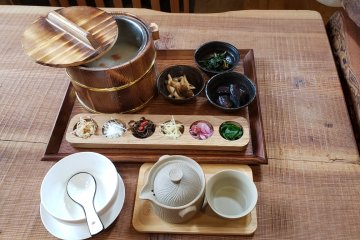
Ki to Toki 使用不含動物成分的產品、糙米和當地採購的新鮮蔬菜,製作出精湛的素食餐點,不僅美味更賞心悅目。 一定要嘗試他們的 17 種不同菜餚和發酵飲料,搭配餐後的甜點、香草茶或咖啡。
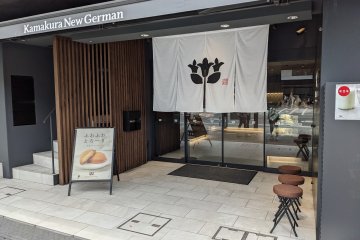

品嚐過 Aratama 著名的炸豬排後,你一定會愛上這種新鮮的味道。 除了炸豬排之外,餐廳還提供了多樣的選擇。 你一定要嚐嚐 Aratama 的其他菜餚,如馬蘇里拉芝士炸肉餅和奶油炸肉餅。
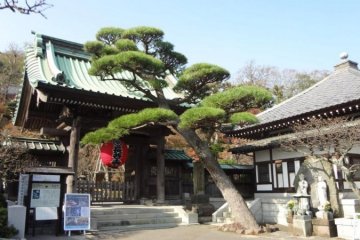
Kamakura’s Hasedera Temple, a sister temple to Nara’s temple of the same name, is renowned for its 11-headed statue of Kannon, the goddess of mercy. This Jodo-sect Buddhist temple is one of the oldest temples in the city and has roots in the eighth century. Legend has it that the monk Tokudo Shonin requested two Kannon statues to be made from a camphor tree in 721. The smaller statue was enshrined at Nara’s temple, while the other one was thrown into the sea as an offering. In 736, the statue washed ashore in Kamakura, and Hasedera was built to enshrine it. Hasedera’s grounds feature a harmonious display of traditionally designed temple buildings interwoven with lush nature and seasonal flowers, making for a peaceful stroll. Thanks to its elevated position, it also offers wonderful views of Kamakura’s townscape and Sagami Bay. The temple’s artfully crafted nature is on full display when you first enter the grounds. The welcoming garden features a pond encircled by plants, the small Benten-do Hall, dedicated to the goddess of music and wisdom, and Benten-kutsu Cave, which contains carved statues of deistic Buddhist figures. If you are hungry, refuel at the temple’s Teraya Cafe, located just before the entrance, or Kaikoan, which is built at an elevated level and boasts large windows with fantastic views of the area. Admission to the temple costs 400 yen for adults and 200 yen for children (ages 6 to 11). Parking costs 350 yen for 30 minutes.
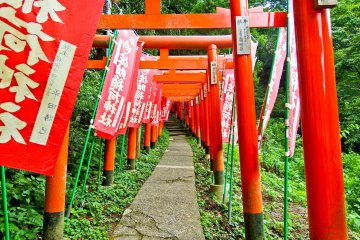
Sasuke Inari Shrine is a Shinto shrine in Kamakura and the site of the Hidden Village of Kamakura. It is located very near the Zeniarai Benzaiten Ugafuku Shrine. [Wikipedia]
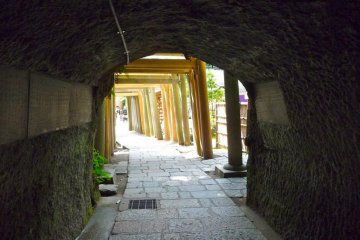
Zeniarai Benzaiten Ugafuku Shrine, popularly known simply as Zeniarai Benten, is a Shinto shrine in Kamakura, Kanagawa, Kanagawa prefecture, Japan. In spite of its small size, it is the second most popular spot in Kamakura, Kanagawa prefecture after Tsurugaoka Hachiman-gū. [Wikipedia]